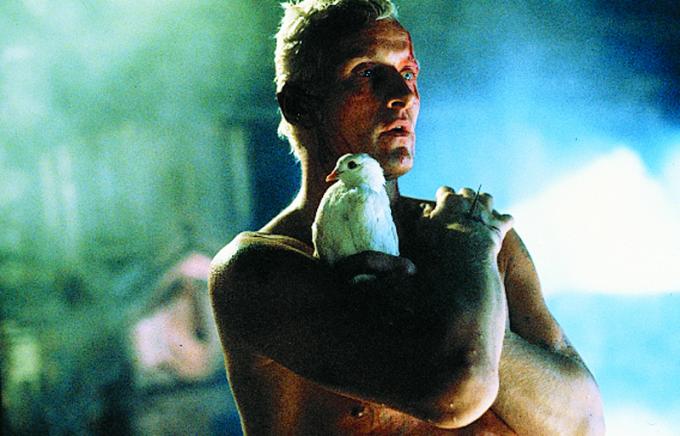
A great scene can do a lot for a movie. Even if the film itself is relatively unimpressive, a standout scene of great action, emotional drama or visual wonder can ensure that you never forget about that movie.
With the New Hollywood age officially over directors across the world found themselves with slightly less control than their predecessors enjoyed. However that didn’t stop them crafting scenes of impeccable brilliance either by tearing down the old rules or simply utilizing them to their best possible effect.
Whether it be through a vital revelation, massive spectacle or just the beauty of a quiet detail, each scene here offered a unique and provocative input to the art of filmmaking.
25. Fake Orgasm in When Harry Met Sally
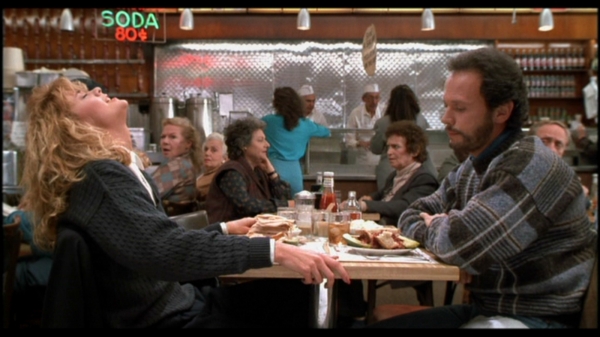
A scene that has entered the public zeitgeist as quintessentially iconic and with good reason. In a film that revolves around differences of gender, sexuality, friendship of if any of them can ever be compatible the diner scene of Rob Reiner’s classic romantic comedy encapsulates all of those moving parts and themes and wraps them up in the absolute best aspect of the entire movie, the chemistry between Meg Ryan and Billy Crystal.
Sitting in a diner together, a conversation about their own relationships that starts with Harry describing how he goes about leaving a woman the morning after, to Sally describing him as “an affront to all women” when Harry retorts that “I think they have a good time” and even if you haven’t seen the movie you can probably guess where it goes from there.
Beyond just Ryan’s performance there are a lot of aspects that make the scene as funny as it is. The first is the occasional reaction shot from Crystal who perfects that look of a man who is as embarrassed as he is out of his depth.
Not only that but the glances of other diner customers, who gradually all become fixated on Sally and are reduced to silence. Then there is that final sumg exchange and the hilarious closing line “I’ll have what she’s having”. It’s been imitated and parodied so much that it’s almost impossible not to recognise it.
24. Discovery of a Child in Manon des Sources
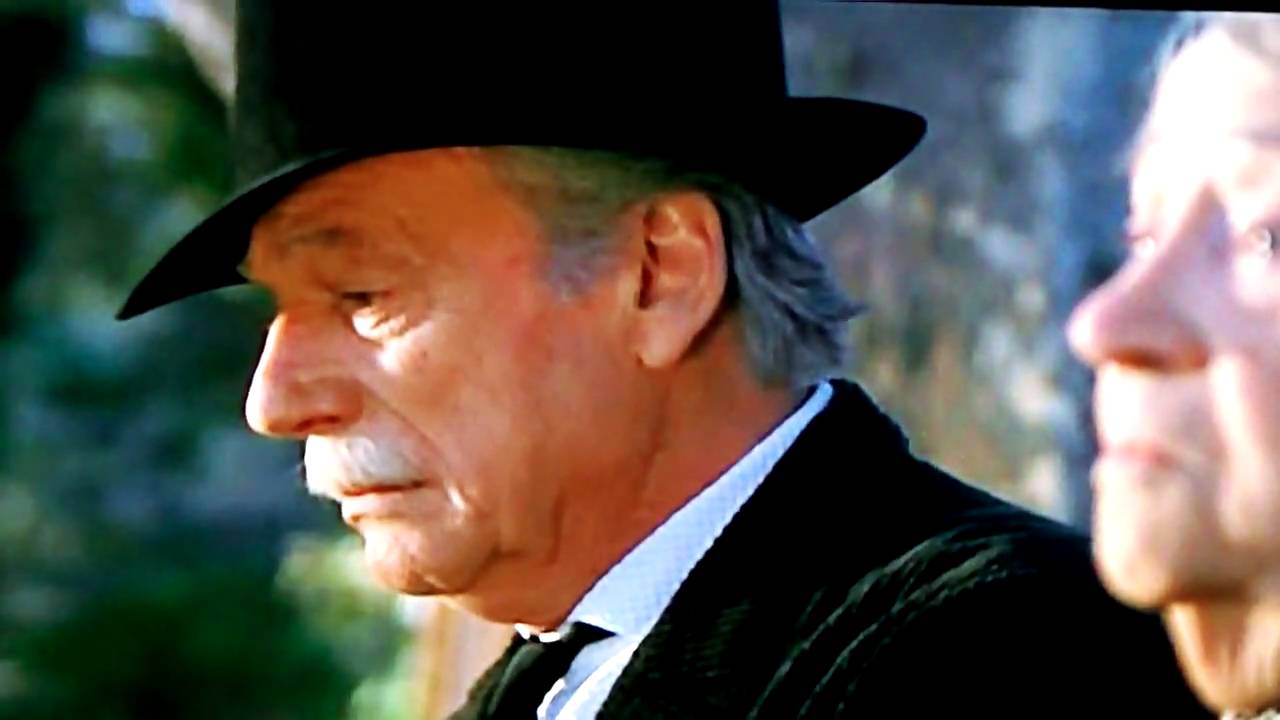
Claude Berri’s adaptation of the adaptation of the two volume novel by Marcel Pagnol that was spilt up into two parts (this film being preceded by Jean de Florette) became a surprise international success upon their release in 1986 and that was due in no small part to masterful scenes like this.
Of the two Jean De Florette was seen as the more criticall acclaimed but if we are going for singular scenes that stand out then we have to choose the moment in which Cesar (Yves Montand) discovers he has a child.
In the first film, two farmers, César and Ugolin (Daniel Autueil), conspire to drive a hunchbacked stranger from his land, until he eventually kills himself in a freak accident.
In Manon, his daughter emerges to seek revenge. After many years César’s lost love visits him, telling him for the first time about a child that he fathered. Most moviegoers had probably guessed the awful twist during her monologue.
Their son had a hunchback meaning that César had effectively killed his own offspring. His punishment is a literary conceit holds all the necessary measures of conviction on screen and the anguish and pain of his reaction is terrible to behold.
23. Up to 11 in This Is Spinal Tap

It is difficult to know exactly why this scene is as funny as it is, why it has entered popular culture unlike few other scenes in recent memory (seems like Rob Reiner has a knack for that). More than just the actual line and description of the fateful amp itself you also have the tour of Nigel Tufnel’s guitar collection.
Christopher Guest’s deadpan delivery is absolutely spot on as well as hilarious and the way that Marty Di Bergi (Reiner) frequently tries to squeeze more information out of Nigel’s blunt responses is comedic gold.
The sequence, like the rest of the film, was completely unscripted, with Reiner shooting each scene off the book as if it were a real documentary. There was so much content that it took the team nine whole months to assemble the movie from the editing room and if each scene was as funny as this one it’s hard to know what their method was for deciding what to leave in.
The introduction of the amp itself is hysterical mostly down to Guest’s comedic brilliance, as he speaks with such enthusiasm when describing the amp’s unique settings and seems almost disappointed that no one else is as amazed as he is.
When Di Bergi proposes an alternative system of setting up the amps that brief pause, chewing of gum and quick retort makes the scene absolutely brilliant.
22. Dream Sequence in Brazil
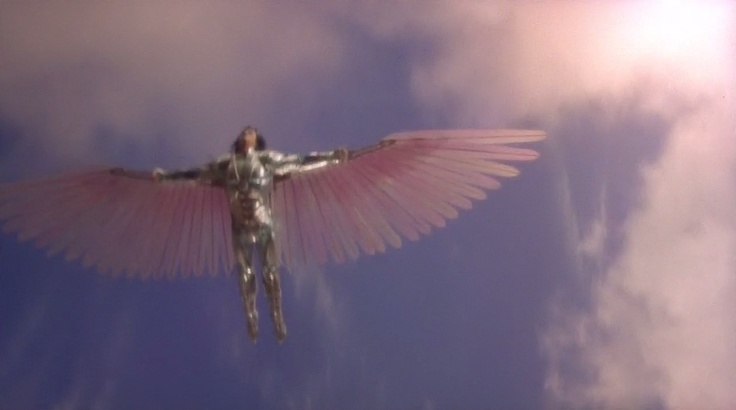
Part comedic satire part dystopian nightmare, Terry Gilliam’s 1985 masterpiece is a film that leaves you unsure of whether to laugh or cry.
It blends the horrific nightmares of a totalitarian government yet to come with the bizarre and surreal fantasy that could only come from the mind of a former Python and nowhere is that more apparent than this stunning dream sequence that acts as the perfect amalgamation of both of those factors.
The film centres on Sam Lowry (Johnathon Pryce), a man trying to find a woman who appears in his dreams while he is working in a mind-numbing job and living a life in a small apartment, set in a consumer-driven dystopian world in which there is an over-reliance on whimsical yet poorly maintained machines.
Though there are several impressive dream sequences, we’ve chosen the one in which Sam envisions himself flying through the air on a set of part angelic part mechanical wings.
The woman of his dreams is seen just a short reach away, in the midst of a beautiful natural landscape. But as the corporate and industrial tower blocks rip through that landscape, stretching into the sky and separating the couple. It is an astonishing display of pure imagination coupled with a haunting message of the future.
21. Clifftop Duel in The Princess Bride
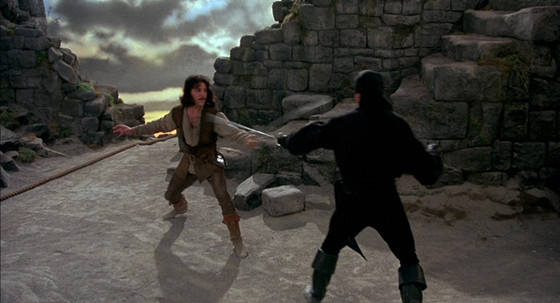
Another stellar Rib Reiner scene that makes the list and the scene is just as hilarious, exciting, dramatic and as meaningful as a movie can be. That may sound like an overstatement but when you consider each moving part of this scene, from the character building to the sword fighting and the comedy scattered throughout, it all just works perfectly.
Firstly of course you have Inigo Montoya’s legendary monologue which effectively establishes his character and adds a motivation and a drive to everything he does as well as a great amount of empathy.
Without even realising it you have become invested within his story and suddenly want him to succeed. But as the same time the man in the mask is just so darn charming, so by now we have reasons to care for both proponents of this duel and when the duel itself starts it does so in terrific fashion, gradually winding itself up, building tension and apprehension as it does so with one short burst of action at a time.
The choreography may seem simplistic but not only is it accurate to real fencing rules and full of technical terms (in case any fencing aficionados are watching by chance) it allows for multiple verbal exchanges that are just as brilliant as the duel itself.
The twists and turns it takes as each fighter has his time in command of the battle, revealing their secret advantage. But it does so by brilliantly messing with our expectations. Ingo reveals he is not left handed but when the man in the mask reveals the exact same thing it’s even more hilarious. Throw in a brilliant score on top of it and that’s one fantastic scene.
20. Heist in Thief
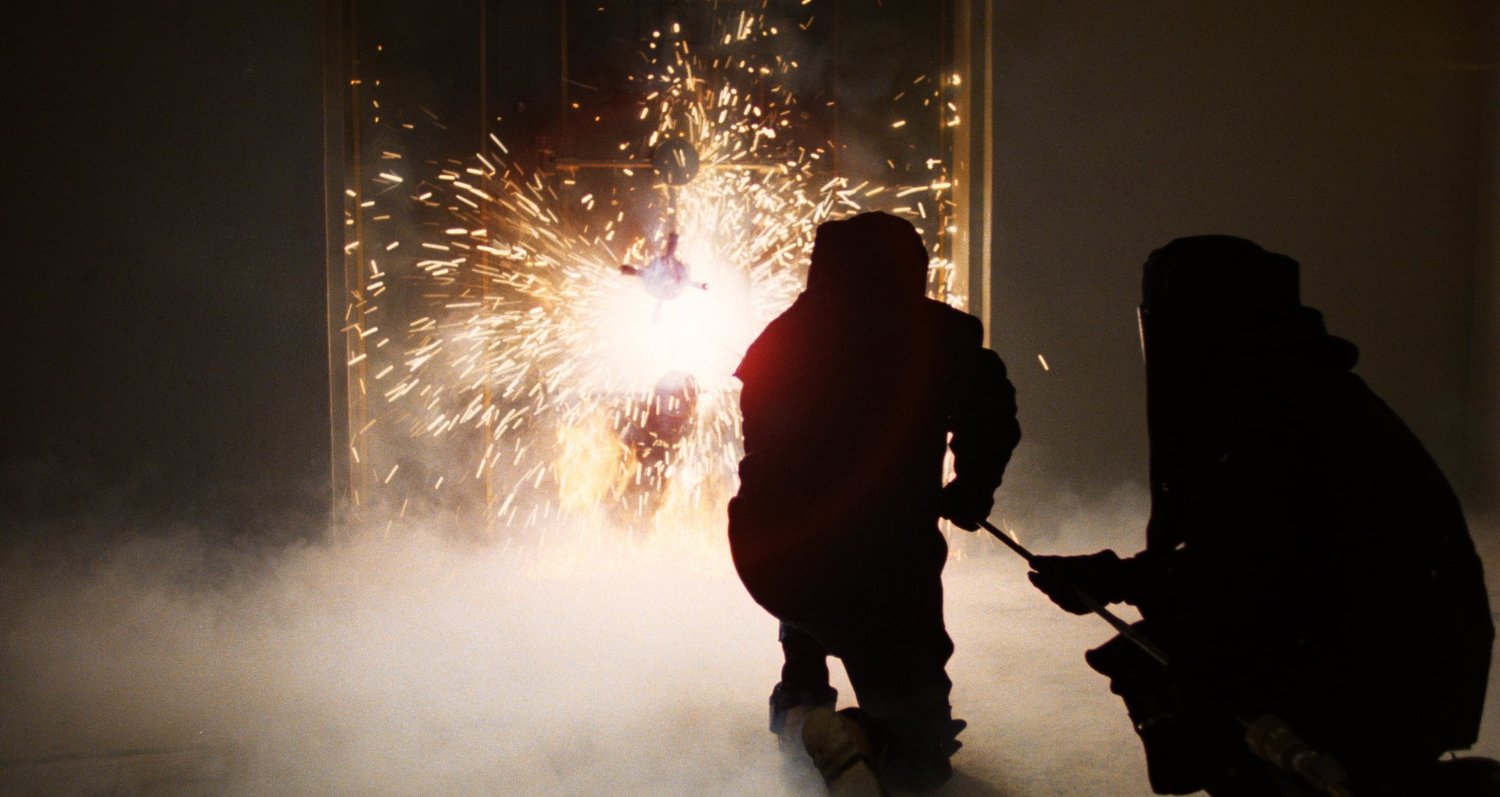
Throughout the 1980s heist films were fairly slim which is a shame as a lot of the time they can lend themselves to some truly terrific examples of scene construction and execution. Luckily though Michael Mann was able to lend his talents to one of the most revolutionary entries of the genre with Thief.
Despite being his directorial debut Mann was still able to craft a phenomenal heist movie and the central robbery itself was absolutely incredible.
It took every element of the genre and subverted them, dragging them straight into the modern age by incorporating technological aspects of each robbery and was a strong break from the noir tradition. This heist had a certain slickness to it that was accompanied by its electronic music and gritty aesthetics.
It was so unlike anything that came before it and so influential on what came afterwards. Mann’s direction highlighted the smoother and grittier nature of the genre, one that stood out for its boldness just as much as it did its tension and fast paced energy.
19. Chasing the Hare in Ballad of Narayama
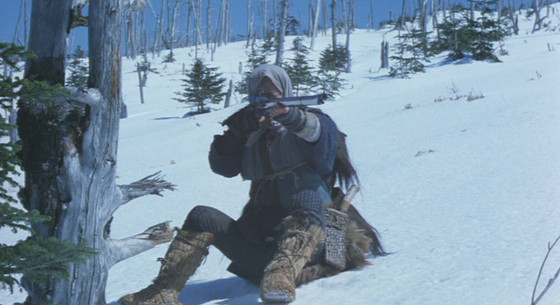
The Ballad of Narayama is a film defined by its stunning depictions of nature and rural traditions as the film centres on a small rural village in Japan in the 19th century. According to tradition, once a person reaches the age of 70 he or she must travel to a remote mountain to die of starvation, a practice known as ubasute.
The story concerns Orin, who is 69 and of sound health, but notes that a neighbour had to drag his father to the mountain, so she resolves to avoid clinging to life beyond her term.
One of the most elegant and poignant scenes is one that ultimately has no lasting impact on the story nor does it advance the narrative in any way shape or form. The film has some harsh scenes that show how brutal the conditions could be for the villagers. Interspersed between episodes in the film are brief vignettes of nature such as birds, snakes and other animals hunting, watching, singing, copulating or giving birth.
One of those scenes features a group of villagers hunting a small hare, with the natural landscape around them beautifully captured by director Shohei Imamura. It creates a sense of built up tension as the hunters struggle to catch the hare, creating a picture of how brutal and difficult life in the village is.
Then when the huge bird of prey swoops down to pluck the hare from the hunters grasp it only further drives home the sheer power of nature.
18. Death of Sgt Elias in Platoon
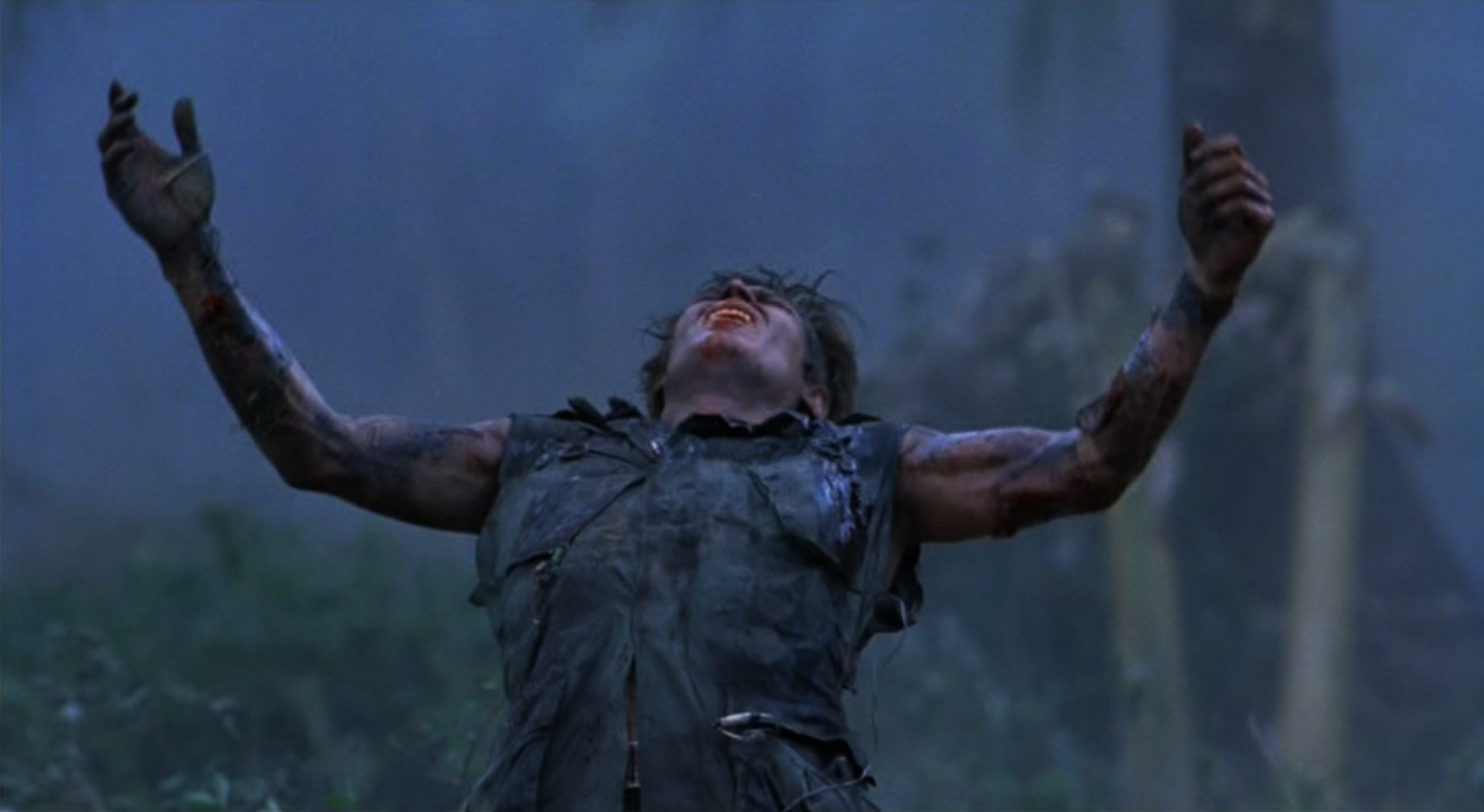
Oliver Stone’s harrowing masterpiece about the Vietnam War was made as a direct response to The Green Berets, a film that chose to glorify war which was in stark contrast to its reality.
Stone set out to counter the vision of war from other portrayals as well as reinforce what he thought should be the public perception of the horrific event and with one scene he cemented that vision into the hearts and minds of audiences around the world.
Stone wrote the screenplay based upon his experiences as a U.S. infantryman in Vietnam and not only did he create a more harrowing and realistic depiction of the conflict, he set out to prove that the real enemy was not The Vietnamese, but the U.S’s self-destructive military regime and conflict within their own armed forces which is perfectly represented as Sgt Elias (Willem Dafoe) is left shot and wounded by his own squad mate, the sociopathic Sergeant Barnes (Tom Berenger).
Having told the rest of the platoon that Elias is dead Barnes returns to the chopper, however as it is taking off Elias is seen being pursued by Viet-Cong soldiers who gun him down. He raises his arms in what seems like a last fleeting attempt to reach the helicopters, or a sign that was intended to be viewed as a sacrificial symbol.
Either way it is one of the most brutal and haunting images of war ever put onto film and is seared into the minds of everyone who experienced the film.